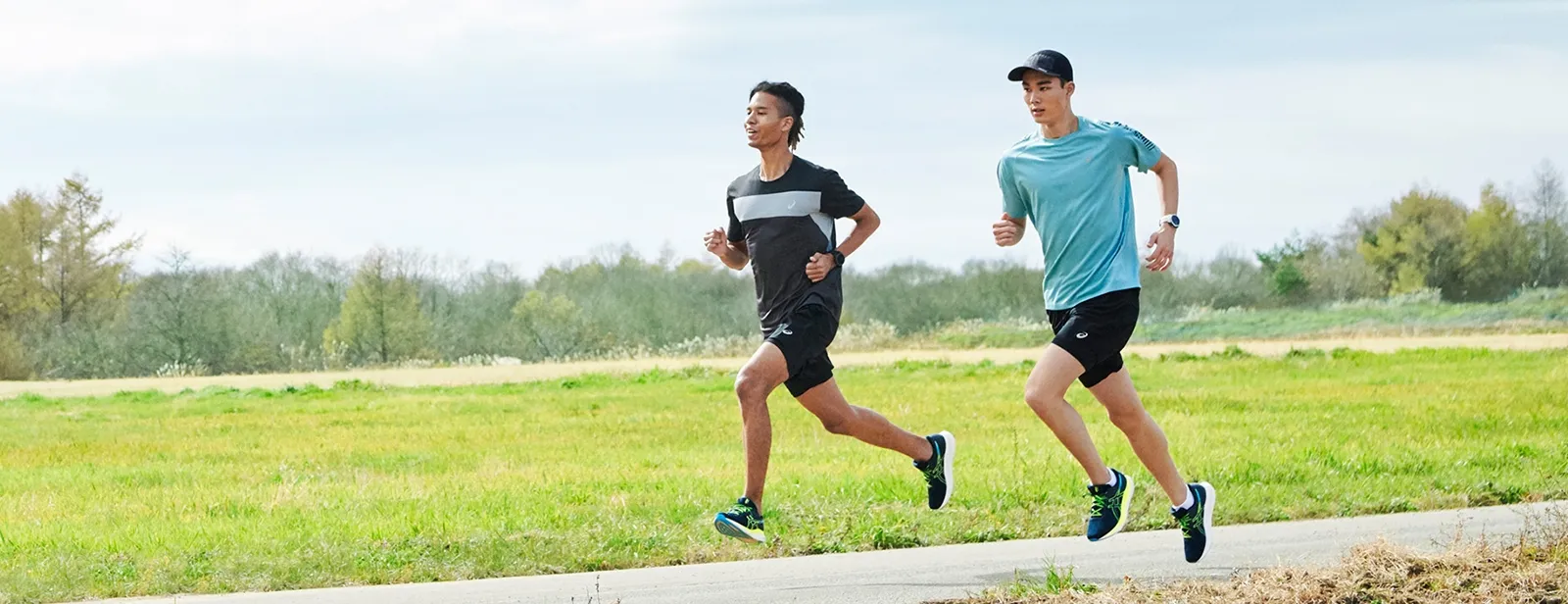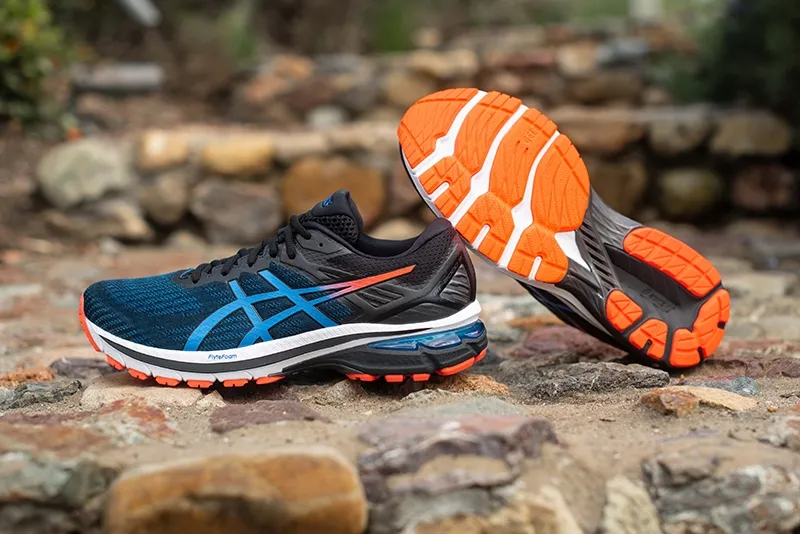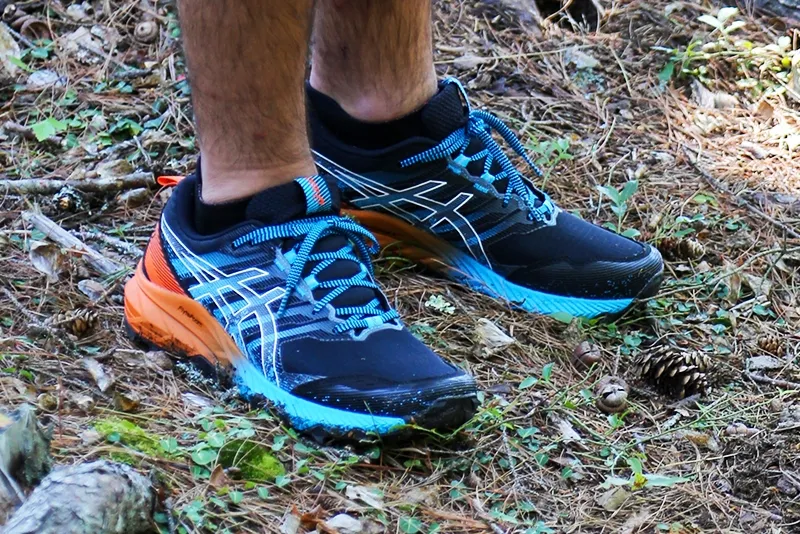
Best Running Shoes for Men
March 4, 2021
While there are many options when it comes to men's running shoes, making sure you're using the right criteria to choose your shoes will help you find the best fit. This free online tool looks at such factors as where you do most of your running, what kind of distances you're putting in, what kind of cushioning you prefer, and what kind of support you need.
It also takes into account the differences between how men and women run, adjusting for the differences in gait, foot structure, and lower-limb biometrics. That allows it to customize the shoe-buying experience to help you choose the safest, most comfortable running shoe. Here's what you can expect when finding the best running shoe for you.

How Much Stability Do You Need?
One of the most important deciding factors in buying new running shoes has to do with pronation, which refers to how your foot lands. In neutral pronation, your foot falls inward naturally by about 15 percent. This allows you to absorb the shock of each step and keep your legs and ankles aligned. However, some people underpronate, which is called supination. Underpronation occurs when the foot rolls outward and puts pressure on the outer toes. Another more common foot strike is overpronation, which is when your foot rolls too far inward.
Overpronation is commonly seen in people with flat feet. It can create pressure on the big toe and second toe when running and may lead to injuries. If you know your personal pronation, you'll be better prepared to choose a shoe that can help support your pronation while running and ensure a safer, more comfortable experience.
For example, the GEL-NOOSA TRI™ line is a great shoe for people with neutral pronation who have normal size arches, while the GEL-KAYANO™ is better for those who overpronate and is popular among runners with flat feet. The GT-2000™ also is a great shoe for stability, and the GT-2000 line consistently ranks as one of the top shoes for combating overpronation. The ASICS Shoe Finder can help you narrow down what other shoes might work for you as well. Your pronation plays a significant role in your shoe choice, but so do factors like where you run, how many miles you run each week, and what you hope to accomplish with your running.
What Comfort Level Do You Need?
Some runners prefer extra cushioning in their shoes; others are more comfortable with the regular amount of cushioning. Knowing your preference will also help you decide which shoes are better for you. With such a wide range of materials to provide different levels of cushioning and support, this is where the ASICS Shoe Finder really shines; it can help you find the shoes with the exact amount of cushioning you need.

Where Do You Run?
Do you do most of your running on a road? Inside on a track? Or are you running trails? These environments offer different experiences, and you want to make sure that the shoe you buy is right for those conditions.
If you're a trail runner, you'll want to look for a shoe with stability designed for uneven terrain. A trail running shoe should be heavier and offer support, such as the GEL-VENTURE line which provides better protection and cushioning specifically for trail environments.
What's Your Running Goal?
Your shoe should also help you achieve your overall running goals. For example, when you want to improve your speed, part of the solution along with proper training may be to look for a lightweight shoe — one that weighs about 9 ounces or less for men and 7.5 ounces or less for women — but still provides the stability and comfort you need. Lightweight shoes like the DYNABLAST™ are both examples of lightweight running shoes that are manufactured to provide a great running experience that allows less fatigue and faster recovery than heavier shoes. And, if you're more interested in running farther than you are in running faster, look at shoes designed to promote greater comfort over long distances, such as the NOVABLAST™ model.
Find the Shoe That's Best For You
Making sure you factor in all the different aspects of your running program, such as how your foot lands, what goals you want to achieve through running, where you run, and what kind of cushioning you prefer is the best way to ensure you buy the shoe that closely matches your individual needs.
Once you find the right shoe, be aware that what works for you now may not be the same in a year or two. Over time, your body can change and so can what you need from a shoe. And, with technology constantly evolving, you'll want to consider new options as they appear in the future.























